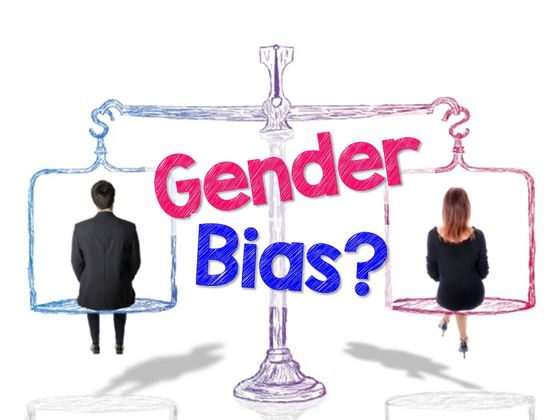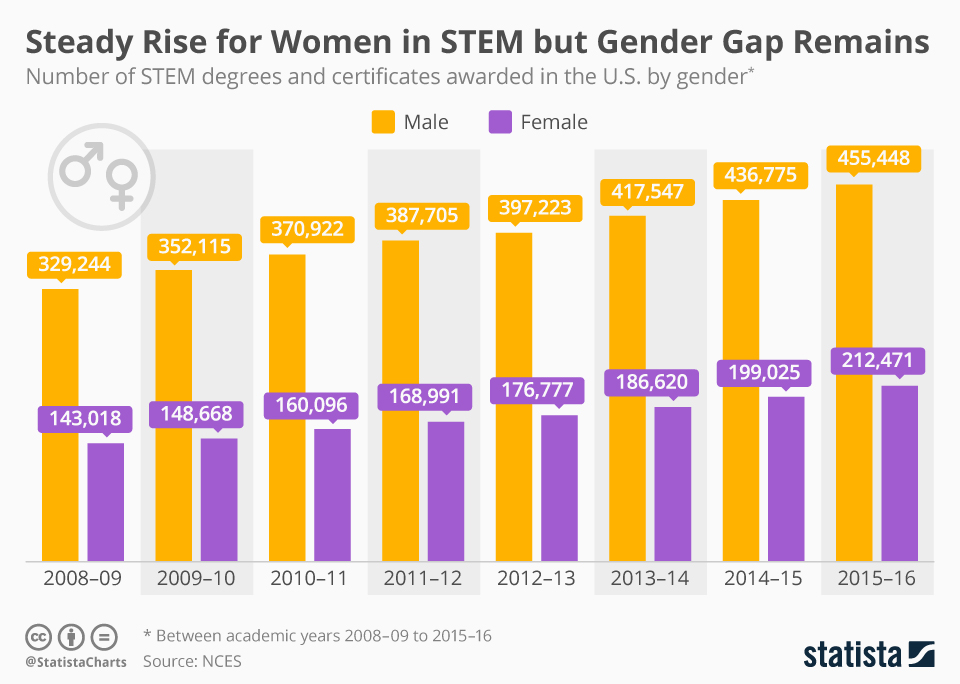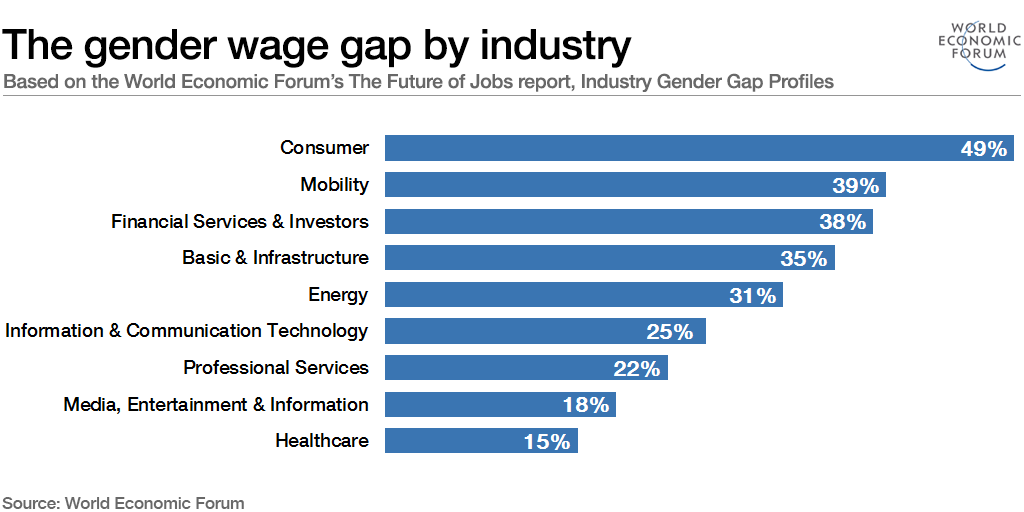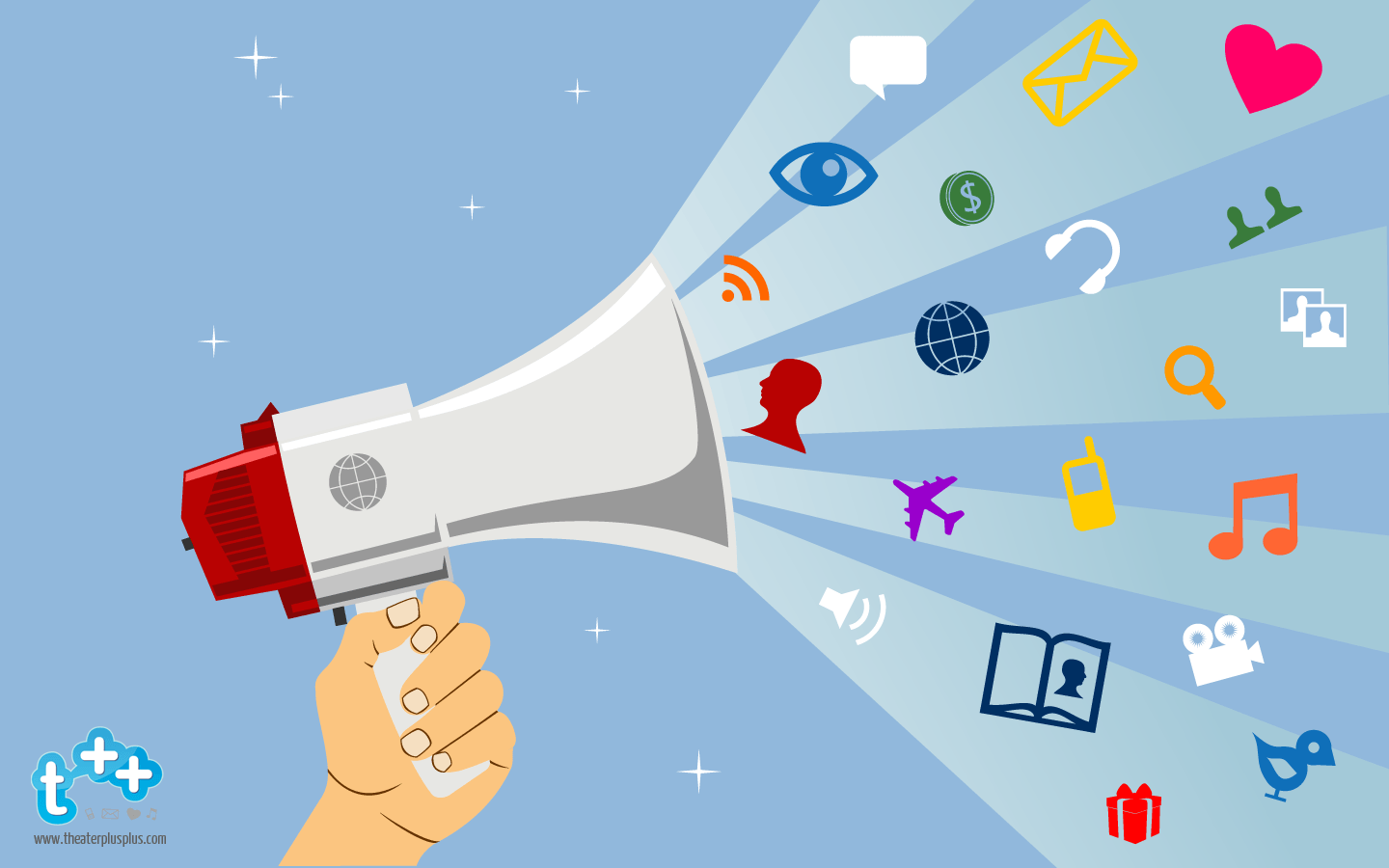
Gender bias still has a significant impact on friendships, organizations, and personal experiences in today’s ostensibly enlightened society. Gender-based discrimination has an impact on many facets of society, from media representation and healthcare to education and work, limiting human potential and erecting obstacles to equality. This thorough investigation looks at the various ways that gender bias appears, its far-reaching effects, and the tactics being used to build more equal communities.

Prejudice or preferential treatment based on a person’s gender rather than their abilities or merits is known as gender bias. Socially generated expectations about how people should act, look, and contribute depending on their perceived gender identity are the source of gender bias, as opposed to biological sex differences.
These biases can be explicit (conscious and intentional) or implicit (unconscious and automatic). Research from Harvard’s Project Implicit demonstrates that even individuals who consciously support gender equality may harbor unconscious biases that influence their perceptions and decision-making.
Common manifestations of gender bias include:
Gender bias in education begins early and shapes academic trajectories. Despite girls often outperforming boys academically in primary and secondary education, subtle biases influence subject choices and career aspirations.
A study published in the Journal of Educational Psychology found that teachers may unconsciously reinforce gender stereotypes through differential treatment—praising boys more for academic achievement while complimenting girls on neatness or behavior. These seemingly minor interactions can have major consequences for students’ self-perception and future choices.

Women are still significantly underrepresented in STEM (science, technology, engineering, and mathematics) fields. Despite receiving more than half of all bachelor’s degrees, women only obtain around 20% of bachelor’s degrees in disciplines like computer science and engineering, according to the National Science Foundation.
For students navigating these complex educational environments, understanding these biases is crucial. StudyCreek offers resources to help students critically analyze gender dynamics in educational settings and develop research papers that address these important social issues.

The economic impact of gender bias is perhaps most visibly demonstrated through persistent wage disparities. Despite decades of progress, women globally earn approximately 20% less than men in comparable positions. This gap widens further for women of color, those with disabilities, and LGBTQ+ individuals.
Beyond direct wage discrimination, gender bias manifests in workplace environments through:
According to the World Economic Forum, at the current rate of progress, it will take approximately 135.6 years to close the global gender gap. This projected timeline has actually lengthened due to the disproportionate impact of the COVID-19 pandemic on women’s employment.

Research priorities, clinical trials, diagnosis, and treatment are all impacted by gender bias in healthcare systems around the world. Medical research has always relied on male participants by default, which has left gaps in our knowledge of illnesses that disproportionately or differently affect women.
For example, heart disease symptoms present differently in women than men, yet diagnostic criteria were primarily developed based on male presentation. This has contributed to women being 50% more likely to be misdiagnosed following a heart attack, according to research published in the Journal of the American Heart Association.
Gender differences in mental health care are also notable. Because gender norms discourage emotional expression, men are less likely to seek treatment for disorders like anxiety and depression. Due to gender-biased evaluation instruments, women may receive less effective treatment for mental health issues even though they are diagnosed with them more frequently.

Media plays a powerful role in reinforcing or challenging gender biases. Content analysis of film, television, advertising, and news coverage reveals persistent patterns of gender stereotyping:
According to the Geena Davis Institute on Gender in Media, male characters continue to outnumber female characters by approximately 2 to 1 in family films, and female characters are still significantly more likely to be shown in revealing clothing or partially nude.
These representations don’t merely reflect societal attitudes—they actively shape them, influencing how individuals perceive themselves and others from an early age.
Without taking into account intersectionality—the ways that gender prejudice interacts with and is exacerbated by other types of discrimination based on race, ethnicity, class, disability, sexual orientation, and other characteristics—an understanding of gender bias would be lacking.
For instance, Black women in the US make only 63 cents, Hispanic women only 55 cents, while white women in the US make about 82 cents for every dollar made by white males. These discrepancies demonstrate how several types of prejudice can exacerbate and provide particularly difficult situations for those who have several marginalized identities.
The persistent experience of gender bias can have profound psychological effects on individuals, including:
At a societal level, these individual impacts translate into significant collective losses:
Addressing gender bias requires interventions at multiple levels:
Students and researchers interested in exploring these topics further can find valuable resources through StudyCreek’s academic writing services, which provide guidance on developing well-researched papers addressing these complex social issues.
Not only a “women’s issue” or a political correctness issue, gender bias is a serious social and economic problem that impacts everyone. We all lose out on skills, viewpoints, and contributions that are essential for solving the most important global issues when human potential is restricted due to artificial gender norms.
The good news is that change is achievable and awareness is rising. Bias, in contrast to biological traits, can be unlearned because it is learnt. We can build communities in which gender no longer dictates opportunity or result via education, legislative change, and personal dedication to equality.
Gaining an understanding and grasp of these intricate topics is crucial for students conducting research on gender bias and its effects on society. Writing by academics that carefully considers gender dynamics adds to the larger discussion about building more just societies. StudyCreek is still dedicated to helping students create intelligent, thoroughly researched analyses of these important social topics.
This article was written to provide an educational overview of gender bias and its impacts on society. For assistance with academic papers on this or related topics, visit StudyCreek for professional academic writing support.
Delivering a high-quality product at a reasonable price is not enough anymore.
That’s why we have developed 5 beneficial guarantees that will make your experience with our service enjoyable, easy, and safe.
You have to be 100% sure of the quality of your product to give a money-back guarantee. This describes us perfectly. Make sure that this guarantee is totally transparent.
Read moreEach paper is composed from scratch, according to your instructions. It is then checked by our plagiarism-detection software. There is no gap where plagiarism could squeeze in.
Read moreThanks to our free revisions, there is no way for you to be unsatisfied. We will work on your paper until you are completely happy with the result.
Read moreYour email is safe, as we store it according to international data protection rules. Your bank details are secure, as we use only reliable payment systems.
Read moreBy sending us your money, you buy the service we provide. Check out our terms and conditions if you prefer business talks to be laid out in official language.
Read more